Search

Animal Science Research and Extension Report
Research report from Animal Science Department covering a variety of areas in livestock production.
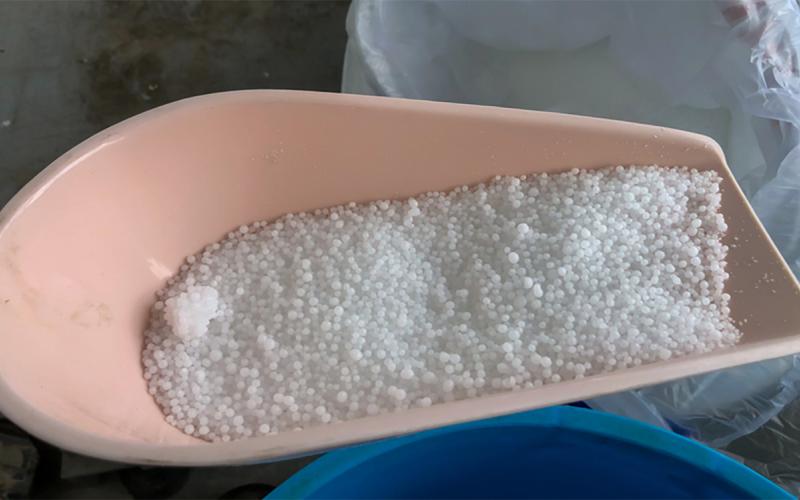
Considerations of Urea Use in Cattle Rations
In beef cattle nutrition, it is important to understand how protein is used along with the various protein sources available for diets. Urea is an example of a non-protein nitrogen source that can be used in diets in certain situations.

Winter Management of Herd Bulls
Proactive winter bull management can positively impact reproductive performance in the upcoming breeding season. Learn some expert tips for getting herd bulls prepared for the colder months ahead.
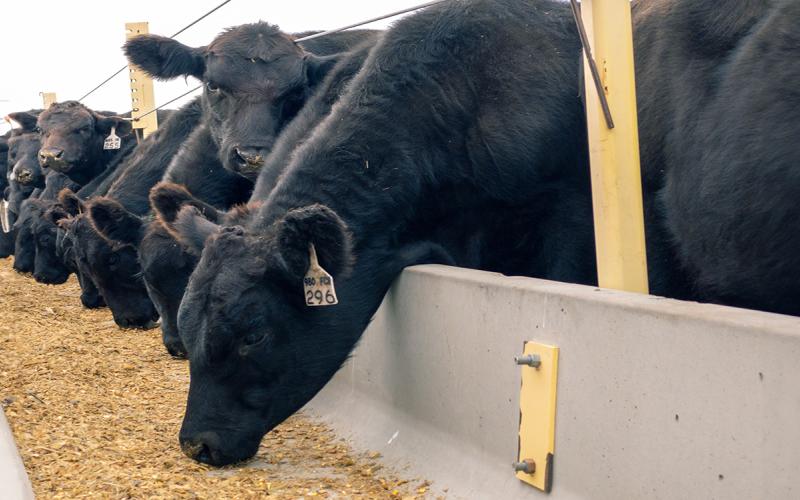
Preconditioning Calves: Is it the right choice?
Preconditioning involves weaning calves at least 45 days in preparation to enter the stocker phase or directly into the feedlot. Learn some important tips to help determine if it's the right choice for your operation.

SDSU Extension welcomes new beef nutrition specialist to Sioux Falls office
September 19, 2023
South Dakota State University Extension is pleased to welcome Madison Kovarna as a new Beef Nutrition Field Specialist.
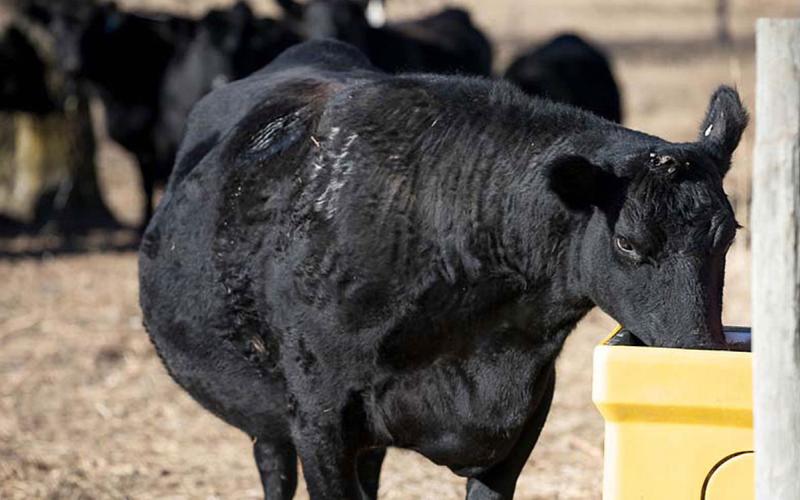
Weather and Water Intake in Beef Cattle
Water is a vital nutrient for beef cattle health and performance, and it is important to understand how weather can influence water intake during periods of warmer and cooler weather.

Cattle HQ
SDSU Extension's beef team provides valuable insights to improve the health, productivity and profitability of your herd through the Cattle HQ podcast and monthly webinars.
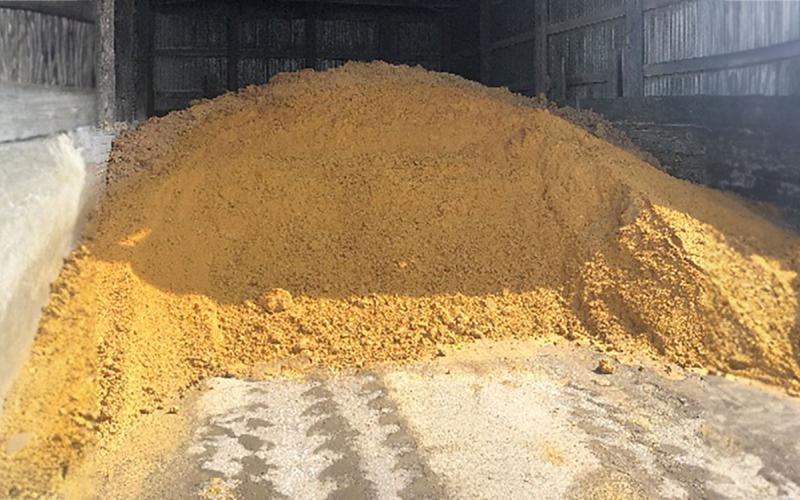
Understanding Protein in Feed
Cattle producers are likely accustomed to seeing common abbreviations, such as CP, RDP, RUP, and MP, in relation to feedstuffs. Let's revisit what some of these abbreviations mean in relation to protein in cattle feed.

Icebreakers: Winter Water Supply
Cold weather creates a challenge for producers who house their herds in areas where there are limited water resources and available natural water sources may be frozen over.
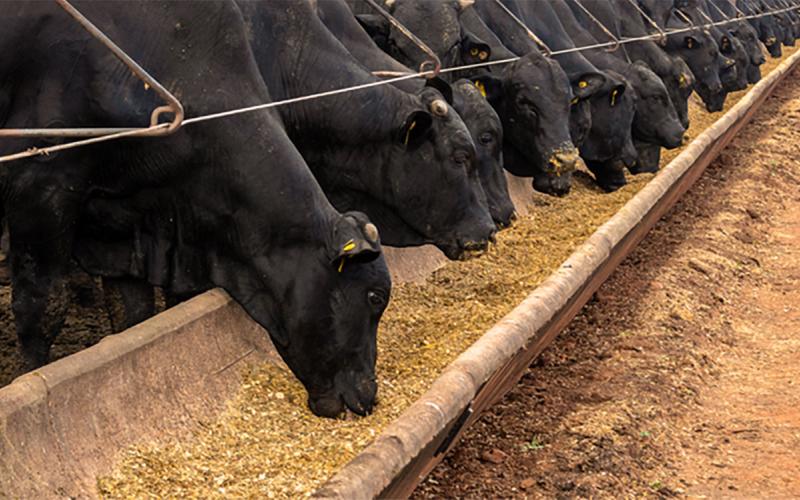
Ruminants: A Digestive Powerhouse
Ruminants such as cattle are important animals, as they turn forage into high-quality protein, such as meat and milk. It is important to understand their digestive system so we can better support their unique role in our food chain.